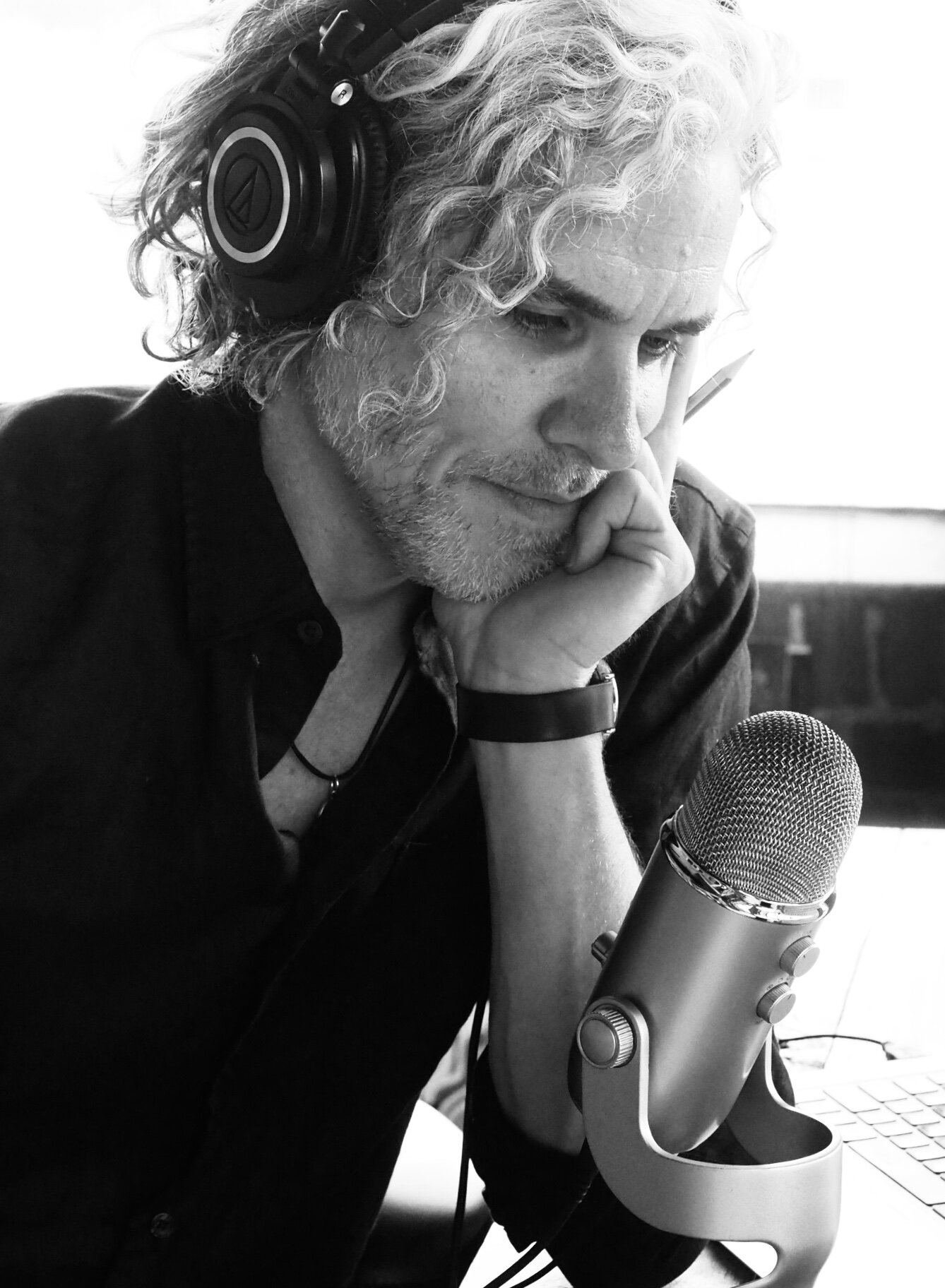El Llano Estacado
From the crest, the little boy clasps tightly the hand of the man. Of one mind, they have returned here, to a rim just above the escarpment. Closing their eyes, they clearly see El Llano Estacado, a land that breathes bedrock in being. Red earth offers skyward, crescendos of florid hills ringing with tawny bands of sand. Ruddy and gray, they stack to sustain flat-topped mesas, capstones ready for sacrifice. Deep crevices of red-caked rivulets cascade toward scattered scrub. Mesquite, Juniper and Indian Blanket pepper the landscape as if a painter dotted them there. The land itself wanders, seeking those who desire isolation in habitation, where wild warriors once sought solace: comanches, drovers, and outlaws; a people, rugged as the land, wilderness teeming in their hearts.
Man and boy see simultaneously through eyes of adventuring adherents: rawness unfettered, holes in which to hide, vast echoes and voids in the shadows to rekindle dreams. Between sunrise and sunset horizons, the murderous sun glowers a panegyric over carcasses of the priests of the plains. Gentle sloping mesas, guardians in their vertical isolation, face each other and whisper ancient secrets of fabled names lost to erosion: Coronado, Quanah Parker, Kit Carson, Charles Goodnight, the Kid. At their base, the narrative spills out on sea grass formed papyrus. Red rock, the blood stained narrator, speaks story in remnant refrain of cultures whose conflicting visions of life and death were swallowed by duplicitous prairie.
From the crest, the man and boy watch the dry river run its ramble and snake into the mouth of the horizon. They note: it is no empty eunuch, it lies, open to possibilities. The dry bed carries an electric current, the impression of lost time. Despite infertility, (its protests desolate), when flowing, or standing still, the stream finds a way to keep its course, bending, persevering, pervading beyond the stones in its passway. The crest grants the gazers vision to see further than their biped will would carry and beyond the limits of their internal borders. Boy and man might ramble and lose their way amid the outlyer waterless backreaches, but the saddle-shaped mountain always points home. The boy imagined this mountain Coronado’s compass. Did Coronodo, one day, take it as a sign, (as the man does now), that gold cannot be held in ones hand but only discovered as dust in memory? The saddle sits as star for the wayward, those whose blind ambition bewilders, who have taken for granted this dry oasis.
In times of their easy forgetting, when tempted to see only parched desert and impossibilities, the man turns to the boy and asks him to lead, to take him back to their homeland where as one they refuse to see what others see.
Others see wasteland, let them pass through.
This great trivium: the crest, the river, and saddle-back mountain, remain their lost tools of learning, where man and boy were taught to ever behold, beauty in barrenness.



